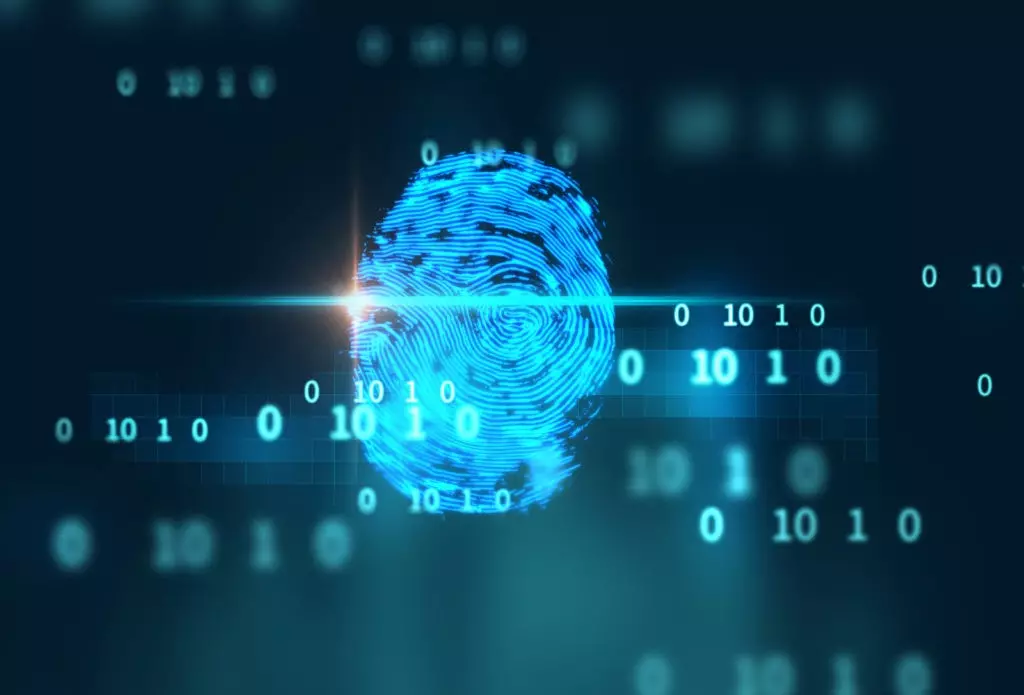Biometrics in Russia becomes more, including the state - already from this year, banks can be carried out using a single biometric system (EBS) all operations of citizens and companies. Previously, it was possible only to open an account, make a loan or make a translation (innovations legalized 479-FZ). Since June 2021, biometry for remote conclusion of contracts will be able to use telecom operators. Which prevents the active introduction of the state biometric system and whether it will be beneficial to its use of business, the experts of the Plastic Forum "Practical biometry" found out.

The key problem for the active use of EBS, primarily by banks, remains an extremely low level of user base. Despite the fact that at the state level the EBS has been launched in Russia back in 2018, the activity of the population remains low. Thus, the penetration level does not reach up to 200 thousand records, the forum participants noted: in the summer of 2020, the figure was about 150 thousand. And this is provided that the data in the EBS can be surrendered in more than 13 thousand branches of 231 banks throughout the country.
This does not mean that the technology of Russian banks is not used in principle - instead of EBS, the sector is actively developing its own systems, and their filling is higher. The most active still remains "Sber", which has already collected data from several million clients (the exact number of the bank does not disclose), the VTB is developing its system. To use its own facial biometric system in 2020 in 2020, they decided to Tinkoff Bank, clarified Artem Kharchenko, the head of the Fraud Development Department of the Credit and Financial Organization.
It cannot be said that from EBS banks refused: so, VTB uses a hybrid decision, cycling the EBS as an additional biometric engine, said Gregory Salnikov, Head of the Bank's Unified Client Identification Bank. Registration of Credits based on EBS launched Rosbank in 2019. But they, even despite the support of the regulator and potential opportunities to reduce costs on the number of branches, talk about difficulties.
Expensive and uncomfortableAs Kirill Kirill, the head of the project of the Ministry of Digital Development, Communications and Mass Communications of the Russian Federation, adopted in December 2020, the law expands the possibilities of using biometric technologies in the public sphere, and also regulates their use for commercial purposes. It is expected that the changes made will create a civilized market for biometric systems in Russia, clarified Kosolapov.
State biometrics still looks like a dear business, and it is not only necessary to pay for the appeals to the EBS (payment will be 200 rubles for appeal). For example, for telecom operators, the use of the system does not yet look more economically beneficial due to integration costs, Nikita Danilov says, head for legal interaction with the executive authorities PJSC MegaFon. In accordance with the amendments to the Law "On Communications", the EBS will have to be used to remotely conclude contracts of communication both for individuals and companies. As a result, according to Danilov, while the use of its own biometric systems remains. An alternative way to remote identification for telecom operators could be a simple electronic signature (the key can be confirmed within the framework of the ECI with 100 million accounts). However, this method was excluded from the draft law. Earlier, changes in the law "On Communication" criticized in the Skolkovo Foundation, according to the estimates of the experts of which the amendments may result in mobile operators billiona losses.
For retail Biometric payment terminals are also expensive: their cost can start from $ 500, which remains a very serious burden for medium and small companies.
But for the banking sector, the cost of introduction and use can be excessively high, especially if we are not talking about leading industry players. The fact that today the process of implementing identification is quite expensive and time-consuming, not affordable to small organizations, confirms Sergei Sefers. Meanwhile, it would be in banks that would make sense to intensify the introduction of biometrics - primarily in terms of preventing fraud. For example, in Tinkoff Bank "biometry made it possible to reduce the number of credit fraud at 8 times, about 5,000 suspicious investigations is initiated only for the month.
Don't trust and afraidNot a major obstacle to the development of biometrics, including the state, remains the distrust of citizens. It would seem that personal data in an encrypted and displaced form is stored in the ESIA's Base on the Public Services portal, only mathematically processed models of the face and voice of citizens are stored in EBS. The collection of biometric data of citizens occurs as a securely protected method, emphasizes Kirill Kosolapov.
However, according to Nafi, the launch of a single biometric system, which earned in Russia since 2018, fears half of Russians. Mainly, biometric systems are not trusted due to possible data leaks and potential surveillance. Also, users are simply non-obvious personal benefit from the use of new technology.
The absence of open scientific research results in Russia, the test results of the tests of existing and implemented biometric systems, says Danil Nikolaev, director of NP "Russian Biometric Society". This predictably does not add user confidence. Not to mention the fact that when testing biometric systems, typical errors are possible: from testing various algorithms in irritable conditions until the protocols for testing the requirements of national and international standards.
However, the output can be to stimulate citizens to use EBS from the state - for example, whether registration in the system is necessary to obtain a number of public services to individuals, the dynamics of the base of the base would be completely different, celebrates Gregory Salnikov. Also, the incentive could be discounts on payments to the state for the physical biometrics.
Posted by: Olga Blinova
